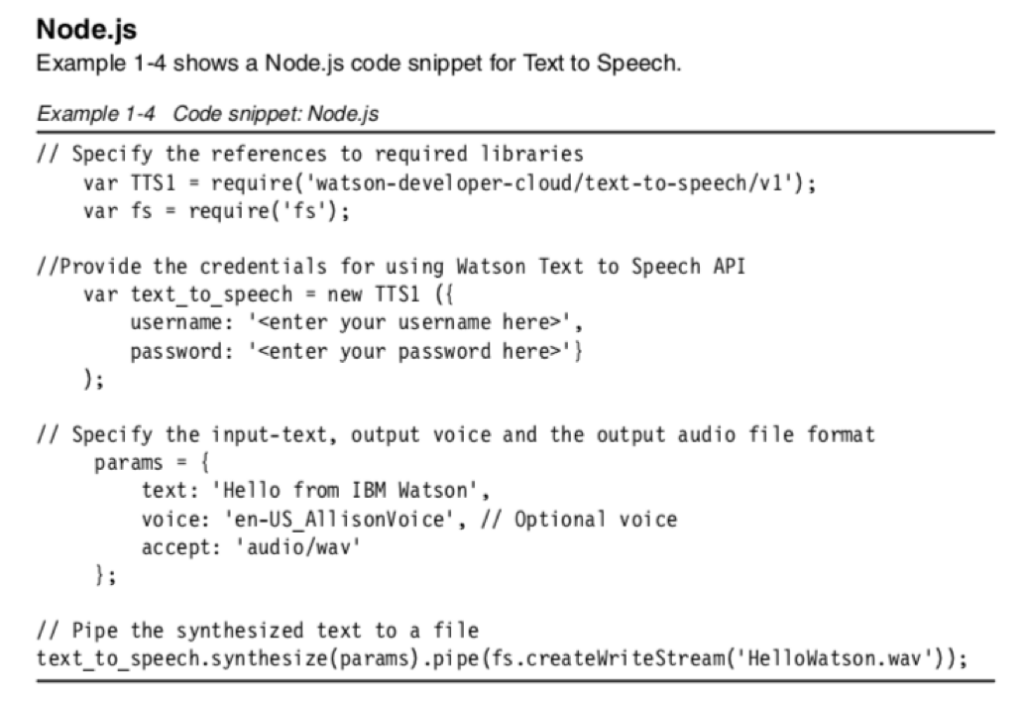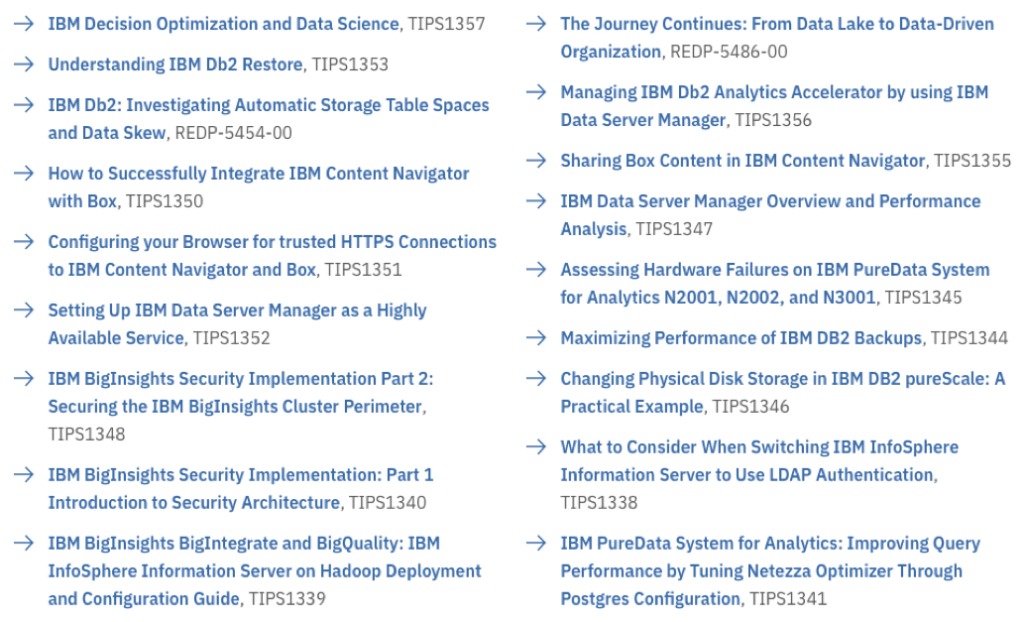IBM Redbooks Are More Than Books
Joseph Gulla explores materials on the IBM Redbooks site.
In this post, I am continuing this series on IBM Redbooks, which contain content developed and published by the IBM Systems Worldwide Client Experience Center. Last week, I concluded my post by writing that it’s useful to count the documents in each category of the website. Doing this, I discovered that there are over 3,565 documents. This body of work is a significant tool to build and maintain technical skills and to get a job done quickly. The numbers tell only part of the story. This week, I’ll dig into some of the materials on the IBM Redbooks site and tell you what I found.
Featured on the Website
The IBM Redbooks website is organized to share information in different ways like video, written word and collections of related materials. The nature and history of the topic influences how the material is organized and presented. The materials are not all books but the written word does dominate. The documents are very well organized and are presented in diverse ways and this helps to make complex subjects more accessible. At this time, three items are featured on the site as shown below:

z/OS Introduction: an IBM Redbooks Video Course
This course by Paul Newton, Joshua Bennetone, Jenay Miller and Beth Shelly is organized in four sections that contain 27 total lectures. This series of short educational videos teaches you about the IBM Z environment.
The IBM Redbooks video course starts from the beginning teaching IBM Z basics and the IBM Z principal operating system z/OS. The course addresses z/OS access and interaction basics, data sets and data access methods, and operating system environment topics. No prior experience with mainframes and the IBM Z mainframe is necessary. The authors of the material are the presenters of the lectures and they know their subject and present it effectively. The video course a five-star rating from the 21 reviews it has received to date.
Building Cognitive Applications With IBM Watson Services
This collection of books is an IBM Redbooks cognitive computing series that is sponsored by IBM Skills Academy. The Building Cognitive Applications with IBM Watson Services series is a seven-volume collection that introduces IBM Watson cognitive computing services. The series includes an overview of specific IBM Watson services with their associated architectures and simple code examples. Each volume describes how you can use and implement these services in your applications through practical use cases. Below is a brief summary of the seven volumes:
| Volume 1 Getting Started, SG24-8387 | Introduces cognitive computing, describes the industry landscape, IBM Watson and the evolution of Watson Developer Cloud from DeepQA |
| Volume 2 Conversation, SG24-8394 | Describes how the Watson Conversation service can be used to create chatbots and user agents that understand natural language input and communicate with your users simulating a real human conversation |
| Volume 3 Visual Recognition, SG24-8393 | Introduces the IBM Watson Visual Recognition service. This book introduces concepts that you need to understand in order to use this Watson service and provides simple code examples to illustrate the use of the APIs. |
| Volume 4 Natural Language Classifier, SG24-8391 | Introduces the Watson Natural Language Classifier service. The book describes concepts that you need to understand to create, use and train the classifier. It provides examples of applications that demonstrate how to use the Watson Natural Language Classifier service in practical use cases. |
| Volume 5 Language Translator, SG24-8392 | Describes how the Watson Language Translator service can be used to translate text from one language to another. It introduces the concepts that you need in order to understand how to use the Watson Language Translator service. It provides an example of an application that integrates the Watson Language Translator service. |
| Volume 6 Speech to Text and Text to Speech, SG24-8388 | Introduces the Watson Text to Speech and the Watson Speech to Text services. This book introduces concepts that you need to understand to use these Watson services and provides simple code examples to illustrate the use of the APIs. |
| Volume 7 Natural Language Understanding, SG24-8398 | Introduces the Watson Natural Language Understanding service. This book includes a basic description of several of the Natural Language Understanding service features and provides sample code snippets to demonstrate their use. |
These books present the nuts and bolts of building applications with IBM Watson from concept to code example like the Node.js example below.

The code examples are about invoking IBM Watson Services so they are straightforward if you know the programming language used in the example.
IBM Redbooks Analytics Web Docs
The focus of this collection is to learn how to maximize the value of your investment in IBM Analytics software.
New IBM Redbooks Analytics Support web docs, created by the IBM Analytics Digital Client Care team, provide you with practical tips, preferred practices and lessons learned. IBM Analytics support engineers share their knowledge and experience in helping clients to improve, tune and optimize solutions built on IBM Analytics software. This collections are shown below:

The documents are detailed and well organized. For example, IBM Decision Optimization and Data Science
IBM Redbooks Analytics Support Web Doc, by Shirley deJonk and Fabio Tiozzo begins with a straightforward abstract:
“This document introduces IBM Decision Optimization to a data science audience. The goals are to identify possible uses of IBM Decision Optimization in data science projects and demonstrate where additional value can be captured by adding an optimization step.”
From my reading, I can write that this support document contains narrative and examples to make the concepts clear. It ends with a list of useful related publications. Other documents in the series contain figures and code examples. Different people on a variety of subjects may have written these documents at different times, but they have been reworked reflecting proven information-development concepts and provide helpful and well-organized material on the subject.
Next week, I’ll explore the sites presentation of new releases and trending topics.